This series is an adaptation of my 2024 AVCA presentation of the same name. I have posted the video and slides previously. You can find links to the presentation video, slides, and resources at the bottom of this post.
The more I study coaching and coach development, I recognize the variety of ways one can be really good at coaching. At the same time, I think one obstacle to sharing coaching experiences with others is that variety. It’s difficult to talk to others about your coaching if you lack a common language. The common language I want to describe isn’t one of drills and techniques, but something deeper, something that shapes the way you choose the drills and techniques that make sense. The framework I present is far from exhaustive or the “right” one, but it is a sincere effort to give you a structure that will help you reflect on yourself and the coaching you do. The framework is built using the questions you ask in your coaching as insight into how you see the world.
With that said, I want to start a fight…
“People...have organized their lives, or some part of their lives, around thinking that certain ways of doing and seeing are the ‘right’ ones. It's how they see the world…” (Becker 2008, p. 159)
I don’t want to start a fight between right and wrong. The fight I want to start is between you and what “right” even is. How do you know what your sense of “right” is? You find out by exploring what sociologist Howard Becker, who I quoted above, called suppressed premises. He writes that…
“...the major premise will be so rooted in people's daily experience as not to require demonstration or argument.” (p. 150)
Suppressed premises, or premises that are never fully stated, are things that shape the way you view the world without you paying attention to them. One way they show themselves is when you talk about something with another person and you both misunderstand each other because it turns out that you don’t actually see that “something” the same way. Like this…
You each have an unstated premise about what a house looks like but that premise is different for each of you. This leads to confusion and, often, tension, especially if you’re talking about things that are important to you.
You’d be surprised at how profoundly your unstated premises affect your view of the world. Start with where you coach. Let’s say you coach in high school. Does the way the game is played in your high school league look the same as it does at high schools in a different division or classification? Does the game look the same in a neighboring state? While the rules and the general form of the game are probably the same, there’s a lot that’s different. What scores in your league might not score in a different one. I have certainly found that to be true in the NCAA. While there are very few ways to win in a Power 4 conference, there’s a lot more variety in other conferences. Recognizing the things that make your world both the same and different from other worlds is a good way to surface some of your suppressed premises.
But don’t stop there. Keep digging. I have a provocative idea for you. A big part of coaching is problem solving. How you see the world determines what you see as problems that need solving. Your unstated premises shape how you see the world so they are limiting what kinds of problems you see. Those premises also shape what you see as viable ways of solving the problems you see. Your unstated premises, so long as they remain unstated, are limiting your coaching.
The determination of what kinds of problems you see as worthwhile is what philosopher Donald Schön called problem setting. He summed it up this way:
“… [with the] emphasis on problem solving, we ignore problem setting, the process by which we define the decision to be made, the ends to be achieved, the means which may be chosen.” (Schön 1984, p. 40)
He continues:
“We select what we will treat as the ‘things’ of the situation, we set the boundaries of our attention to it, and we impose upon it a coherence which allows us to say what is wrong and in what directions the situation needs to be changed.” (Schön 1984, p. 40)
What he’s saying is that your problem solving is actually a product of your problem setting. I’m not saying that you’re setting the wrong problems when you coach. I’m saying that there are multiple ways to set problems because different coaches will perceive the same situation in different ways. The series that follows is an attempt to give some structure to those different perspectives so coaches can better understand why they coach as they do. In part 2, I’ll describe two major categories of coaches based on how they problem set.
Music and Magic (part 2)
This series is an adaptation of my 2024 AVCA presentation of the same name. I have posted the video and slides previously. You can find links to the presentation video, slides, and resources at the bottom of this post.
Music and Magic
Here are my video and my slides from “Music and Magic”. I edited out the discussion times but the content is all there. While I think there’s value in watching the video and looking at the slides, I think that the magic here is in the thoughts and the conversations you can share with others to facilitate your reflection.
Music and Magic : Resources
Here’s the page with the video and slides for the presentation itself. Below that are notes and references for the presentation.

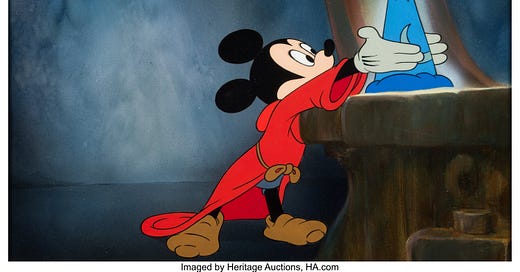



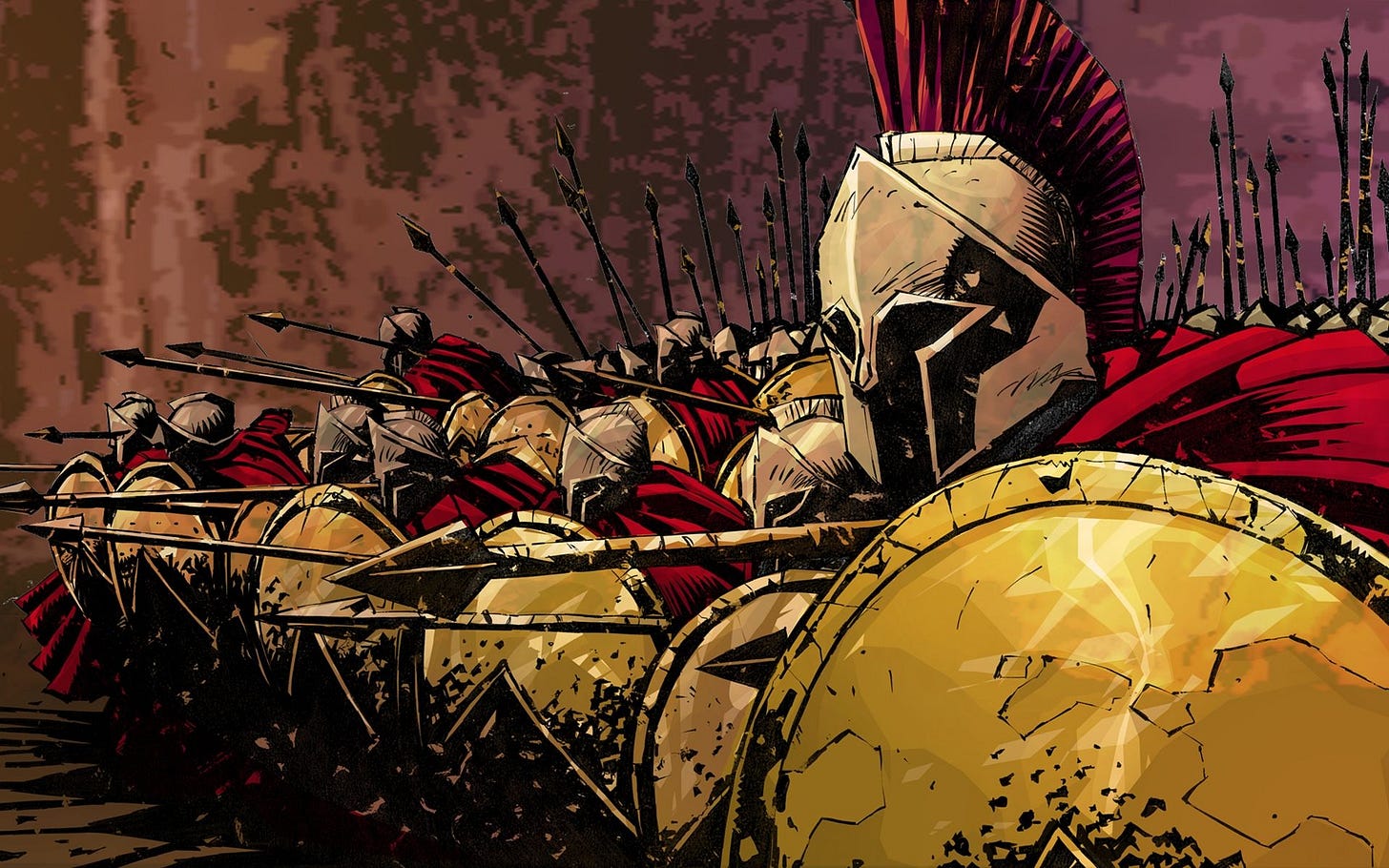

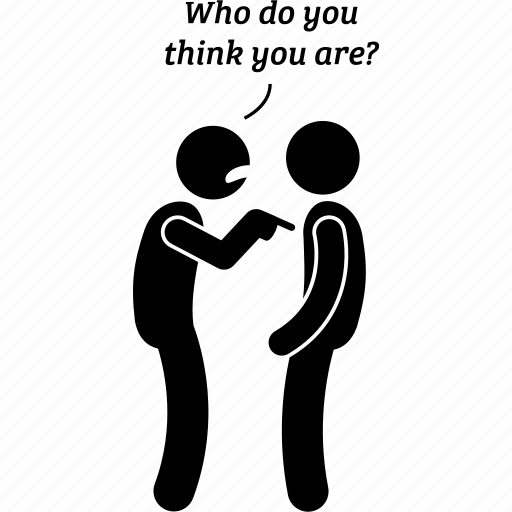
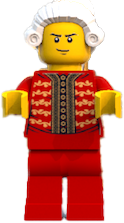
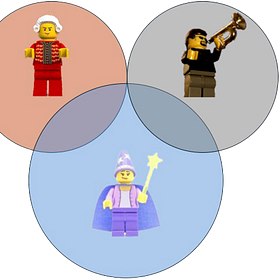
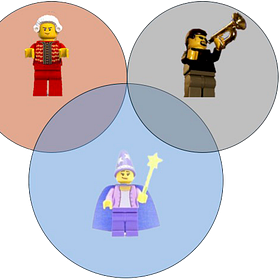
Sorry Eduardo - having some difficulties with my accounts and subscribed with a fresh ID and lost our conversation... :( Thanks for your insights! The more I think about it the more I see that lots of topics such as Priorities, Goals, Schedules, Resource Constraints, Measurement etc. have a home in a bucket of Project Management rather than Learning, Training or Domain specific details. These may be as critical as Learning/Training/Practice strategy and design. And it is nice to be able to set them aside and not confuse me!